Owning a snake comes with its unique challenges, and one of the most concerning health issues these reptiles face is digestive blockages. Unlike mammals that might show obvious signs of discomfort, snakes can be remarkably stoic when experiencing serious health problems. Digestive blockages or impactions occur when something obstructs the snake’s digestive tract, preventing normal passage of food and waste. This condition requires prompt attention as it can quickly become life-threatening. Whether you’re a new snake owner or have years of experience with these fascinating creatures, knowing how to identify the signs of a digestive blockage could save your pet’s life. This comprehensive guide will help you recognize the warning signs, understand the causes, and know when to seek veterinary care.
Understanding Snake Digestion Basics
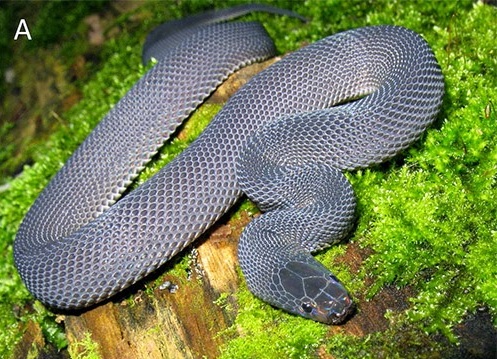
Snake digestion differs significantly from that of mammals, with their specialized systems designed to process whole prey items. Healthy snakes can digest bones, fur, and even teeth through a combination of powerful stomach acids and specialized enzymes. This process typically takes anywhere from 4-14 days, depending on the species, prey size, and environmental temperature. Snakes are ectothermic (cold-blooded), meaning their metabolic functions, including digestion, are directly influenced by their environmental temperature. Understanding these basics provides essential context for recognizing when something is wrong with your snake’s digestive process and helps distinguish between normal variation in digestion time and an actual blockage.
Common Causes of Digestive Blockages
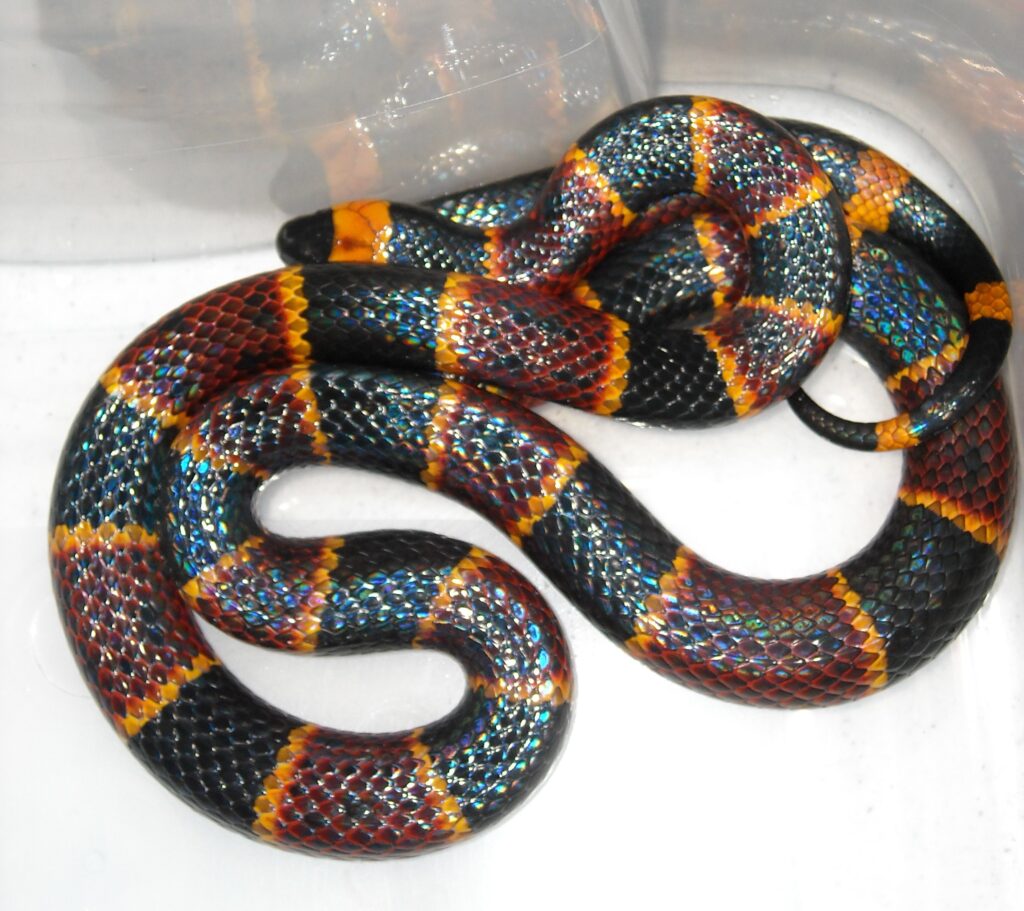
Several factors can lead to digestive blockages in captive snakes, with substrate ingestion being one of the most common culprits. Snakes kept on loose substrates like sand, small bark chips, or certain types of bedding may accidentally ingest these materials while feeding. Offering prey that’s too large can also cause blockages, as snakes sometimes bite off more than they can digest. Foreign object ingestion represents another significant risk, particularly when snakes explore their environments with their tongues and mouths. Additionally, some snakes develop blockages from accumulated shed skin that hasn’t been properly passed, especially those kept in environments with inadequate humidity. Understanding these causes can help snake owners take preventative measures and quickly identify potential problems.
Recognizing Abnormal Regurgitation
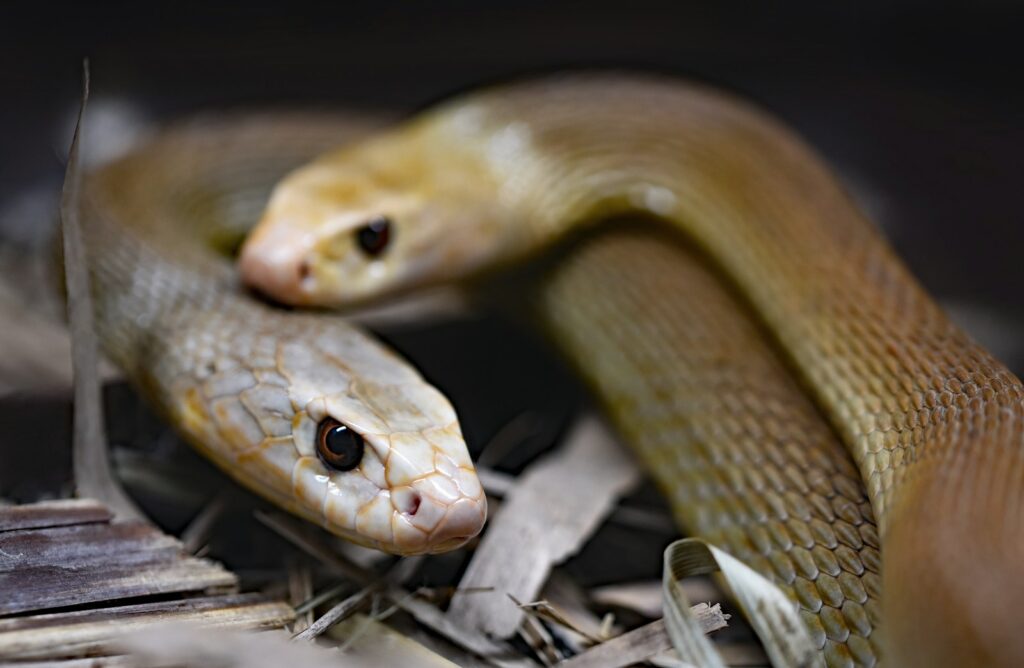
While occasional regurgitation might happen to healthy snakes under stress, persistent or unusual regurgitation often signals a digestive blockage. A snake with a blockage might regurgitate food days after eating, well beyond the normal window for stress-related regurgitation, which typically occurs within 48 hours of feeding. The regurgitated material may appear undigested or only partially digested, suggesting the food couldn’t progress properly through the digestive tract. Some snakes with partial blockages may repeatedly attempt to eat but consistently regurgitate afterward, creating a dangerous cycle of malnutrition. If your snake regurgitates multiple meals in succession or does so in combination with other symptoms on this list, it’s time to consult with a reptile veterinarian immediately.
Changes in Defecation Patterns
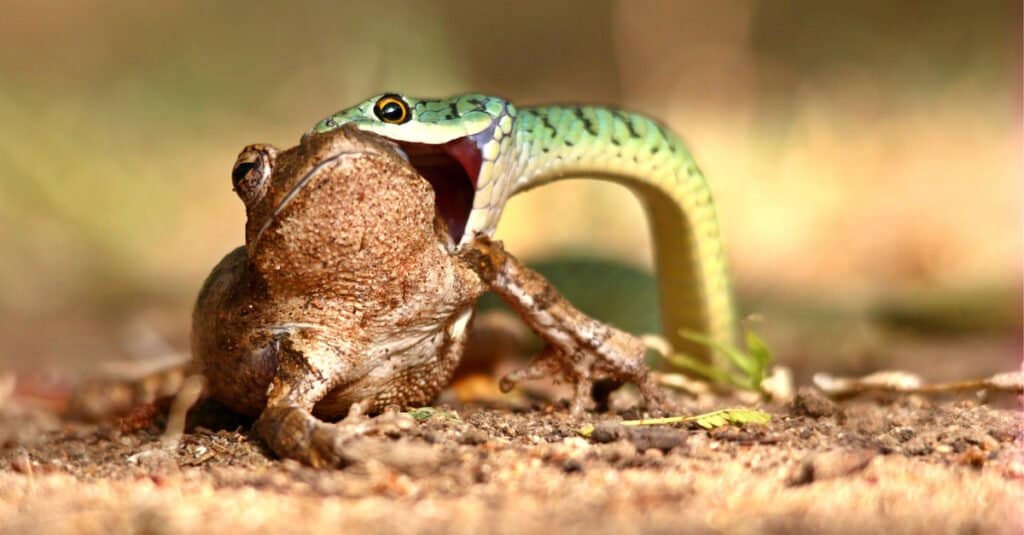
A snake’s defecation patterns provide valuable insight into digestive health, with changes often serving as early indicators of blockages. Healthy snakes typically defecate 5-7 days after consuming a meal, though this varies by species, age, and environmental conditions. A snake with a digestive blockage may stop defecating entirely or pass abnormal stools that appear small, dry, or malformed compared to normal waste. Some snakes with partial blockages might strain during defecation attempts, displaying unusual body movements or spending extended time in defecation postures without producing waste. Monitoring your snake’s defecation schedule and stool quality should be part of your regular husbandry routine, as this simple observation can help catch digestive issues before they become critical.
Unusual Body Shape or Swelling

Visual inspection of your snake can reveal telltale signs of digestive blockages through changes in body shape or contour. A snake with a blockage often develops a noticeable bulge or firm area along its body, typically more prominent than the normal post-meal bulge and persisting long after digestion should have completed. This abnormal swelling may appear asymmetrical or lopsided compared to the snake’s usual proportions. In some cases, the area around the blockage might feel unusually firm when gently palpated, though this examination should only be performed by experienced handlers or veterinarians to avoid causing injury. The snake’s overall body condition might also change, with areas behind the blockage appearing thinner than normal due to the inability to pass nutrients through the digestive system.
Loss of Appetite or Feeding Refusal
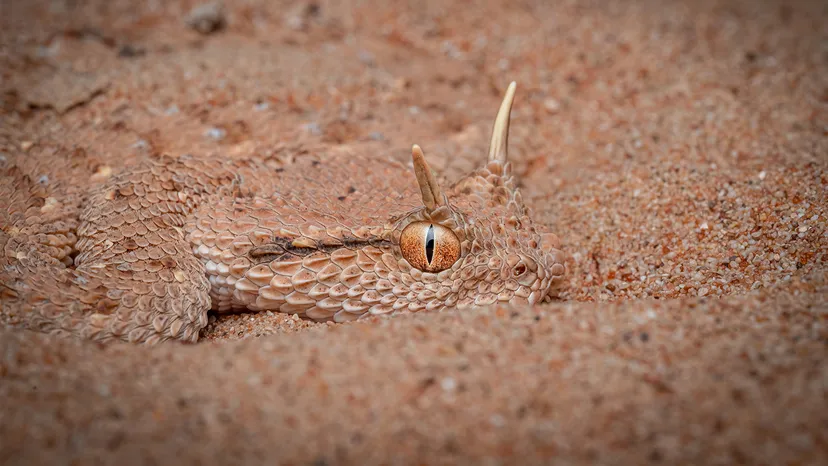
While many factors can cause temporary appetite loss in snakes, persistent feeding refusal can indicate a digestive blockage. A snake experiencing a blockage often instinctively stops eating, as it cannot process additional food while the digestive tract remains obstructed. This feeding refusal typically continues even when presented with favorite prey items or during peak appetite periods. Some snakes with blockages may initially show interest in food by tongue-flicking or following prey movements, but ultimately refuse to strike or constrict. It’s important to distinguish between normal fasting periods (such as during breeding season or pre-shedding) and abnormal appetite loss that might indicate a health problem, particularly when feeding refusal occurs alongside other symptoms on this list.
Abnormal Behavior and Activity Levels
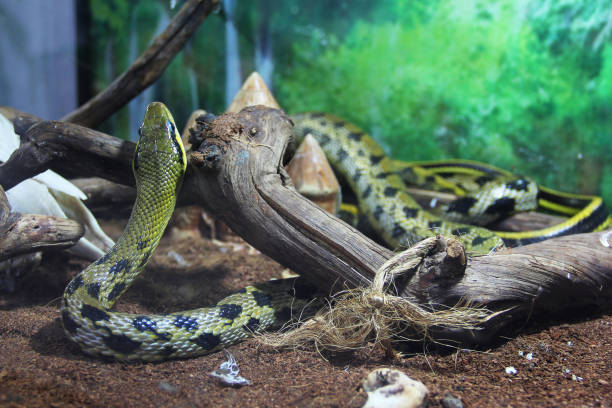
A snake suffering from a digestive blockage often exhibits notable changes in behavior and activity patterns. You might observe increased restlessness as the snake attempts to relieve its discomfort, including unusual movements like repeatedly pressing its body against enclosure objects or substrate. Conversely, some snakes become unusually lethargic or spend excessive time soaking in water dishes, which often indicates distress in reptiles. Changes in defensive behavior might also emerge, with normally docile snakes becoming irritable or typically active species becoming uncharacteristically still. These behavioral changes typically worsen as the blockage persists, with the snake eventually showing signs of weakness or reduced muscle tone if the condition remains untreated.
Weight Loss and Body Condition Changes
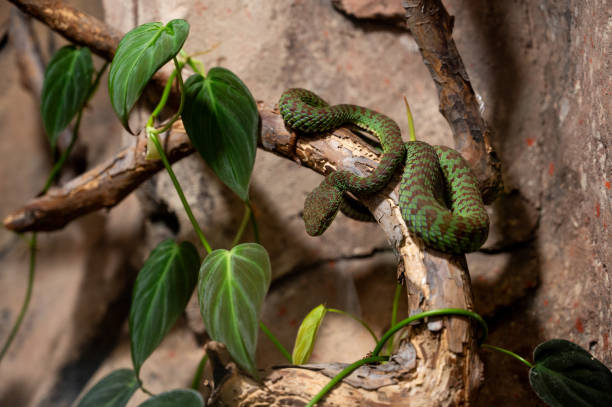
Monitoring your snake’s weight and body condition provides crucial information about potential digestive blockages, particularly for long-term or partial obstructions. Healthy snakes maintain relatively consistent weight between meals, with expected fluctuations after feeding and defecation. A snake with a digestive blockage often experiences progressive weight loss despite continued feeding attempts, or maintains weight abnormally at the blockage site while losing muscle mass elsewhere. The spine may become more prominent, especially behind the blockage, and the body may take on a triangular rather than rounded cross-section as muscle condition deteriorates. Regular weighing on a digital scale appropriate for your snake’s size provides objective measurements that can help identify concerning trends before they become visually obvious.
Respiratory Symptoms and Breathing Changes
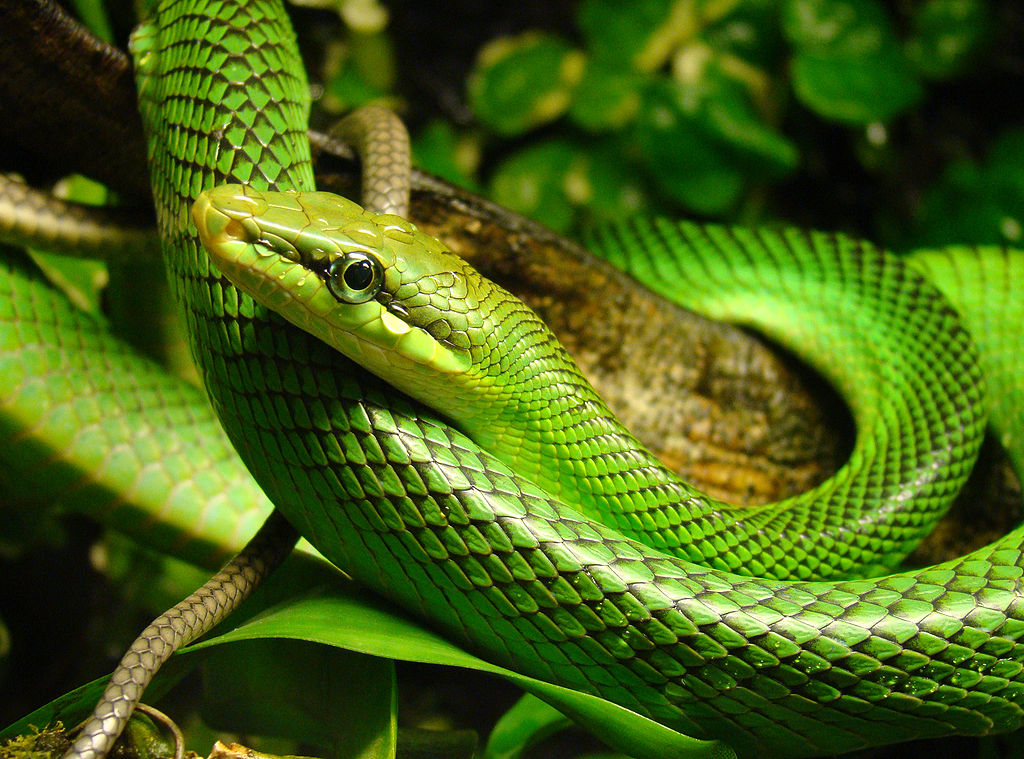
Severe digestive blockages can create enough internal pressure to affect a snake’s respiratory system, resulting in observable breathing difficulties. You might notice abnormal breathing patterns such as open-mouth breathing (not associated with recent feeding), wheezing, or unusual respiratory sounds that weren’t previously present. Some snakes elevate their heads and necks in unusual positions, attempting to relieve pressure on their lungs caused by the blockage. In advanced cases, the blockage may cause the snake to breathe more rapidly or shallowly than normal, especially when combined with stress from discomfort. These respiratory symptoms represent a serious development that requires immediate veterinary attention, as they indicate the blockage is creating systemic complications.
Changes in Mobility and Posture
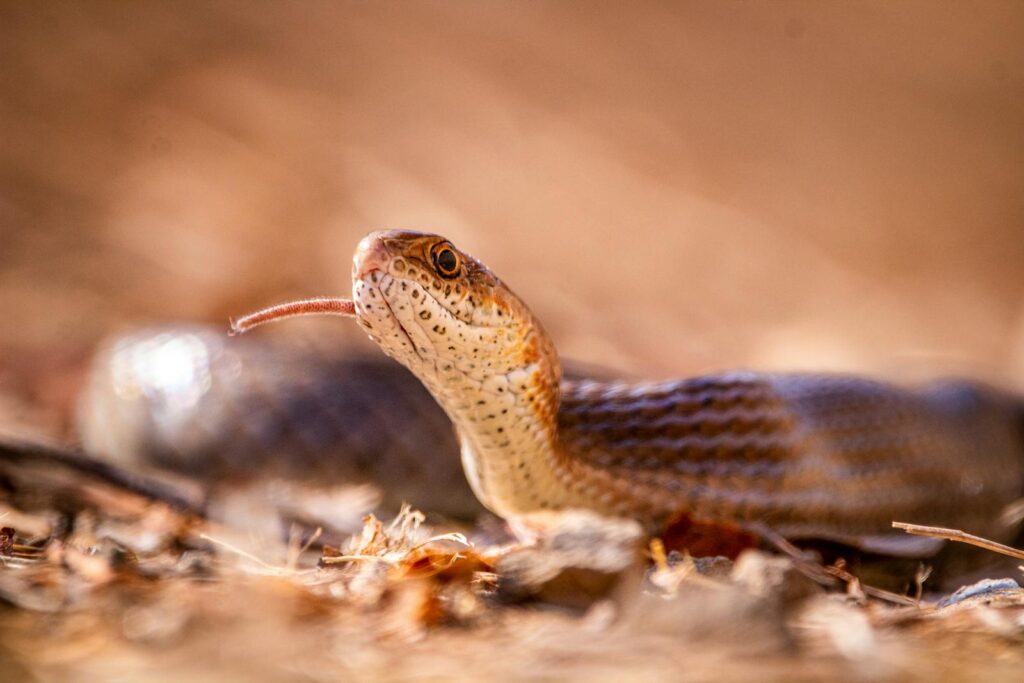
A snake experiencing a digestive blockage often shows subtle but important changes in how it moves and positions its body. You might observe difficulty in normal locomotion, with movements appearing sluggish, uncoordinated, or asymmetrical compared to typical patterns. Some snakes adopt unusual resting postures, such as holding portions of their body elevated off the ground or maintaining kinked positions rather than smooth curves. The area around the blockage may appear stiffer during movement, with the snake seeming unable to flex that section normally during locomotion. Particularly concerning is the inability to right itself properly when gently placed on its back, which indicates significant neuromuscular compromise and requires emergency veterinary care.
When to Seek Veterinary Care
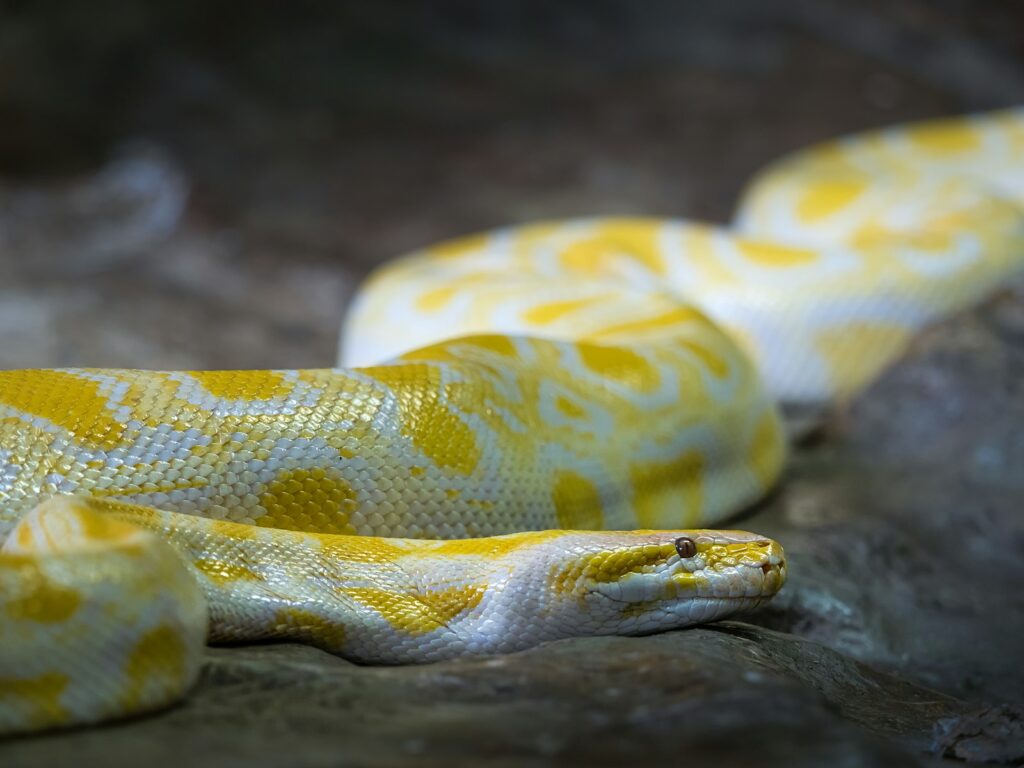
Knowing when to seek professional help for a potential snake blockage can mean the difference between recovery and serious complications. A veterinary visit is warranted immediately if you observe multiple symptoms from this list occurring simultaneously, particularly regurgitation combined with abnormal swelling and behavioral changes. Emergency care should be sought if your snake shows signs of respiratory distress, severe lethargy, or dramatic behavioral changes that develop rapidly. Even when symptoms appear mild, any suspected blockage warrants a veterinary consultation within 24-48 hours, as waiting too long can allow the condition to worsen significantly. When seeking care, choose a veterinarian with reptile experience who can perform appropriate diagnostics such as radiographs (X-rays) or ultrasounds to confirm the presence and location of a blockage.
Diagnostic Procedures at the Vet

Veterinary diagnosis of digestive blockages typically involves multiple assessment techniques to confirm the condition and determine its severity. The veterinarian will begin with a physical examination, gently palpating the snake’s body to locate firm or abnormal areas along the digestive tract. Radiographs (X-rays) represent the most common diagnostic tool, revealing the location and often the composition of the blockage, whether it consists of substrate, foreign objects, or impacted food material. In some cases, contrast studies may be performed, where a special dye is administered to highlight the digestive tract and precisely identify the obstruction point. Blood tests might be recommended to assess the snake’s overall health status and determine if secondary infections or organ damage have occurred as a result of the prolonged blockage.
Treatment Options and Recovery

Treatment approaches for snake digestive blockages vary based on the blockage’s location, composition, and severity. For mild cases involving recent substrate ingestion, the veterinarian might recommend specific hydration protocols, gentle massage techniques, or specialized medications that help stimulate digestive motility. More serious blockages often require procedural intervention, ranging from endoscopic removal (inserting a camera and tools through the mouth) to surgical procedures in severe cases. The recovery period following treatment involves careful monitoring, controlled temperatures to optimize healing, and a gradual return to normal feeding schedules. Your veterinarian will provide specific aftercare instructions tailored to your snake’s condition, which might include medication administration, special handling precautions, and follow-up appointments to ensure complete resolution of the blockage.
Prevention Strategies for Snake Owners
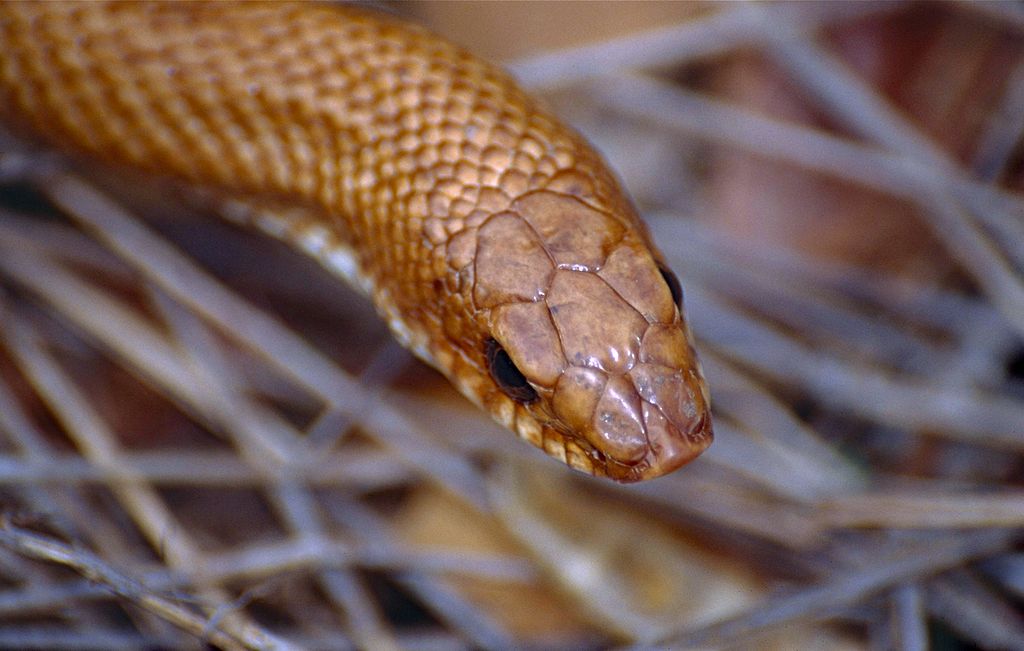
Preventing digestive blockages begins with thoughtful habitat design and appropriate feeding practices. Choose safe substrates for your snake’s enclosure, avoiding loose, small particles that can be easily ingested during feeding; newspaper, reptile carpet, or large pieces of bark minimize ingestion risks. Always feed appropriate-sized prey items—the prey should be no larger than 1-1.5 times the widest part of your snake’s body to ensure proper digestion. Consider feeding in a separate container without substrate to eliminate accidental ingestion during the feeding response. Maintain proper environmental temperatures according to your specific snake species’ requirements, as inadequate heat significantly impairs digestion and can contribute to blockage formation. Regular habitat inspection for loose items, proper humidity levels for complete shedding, and consistent observation of your snake’s normal patterns complete a comprehensive prevention strategy.
In conclusion, digestive blockages represent one of the most serious yet treatable health conditions affecting captive snakes. By familiarizing yourself with the signs and symptoms outlined in this guide, you’ll be better equipped to identify potential problems early when intervention is most effective. Remember that snakes evolved to hide illness as a survival mechanism, meaning subtle changes often signal significant internal problems. Establishing baseline knowledge of your individual snake’s normal behaviors, feeding responses, and digestive patterns creates the foundation for recognizing when something isn’t right. When in doubt about your snake’s digestive health, consulting with a reptile-experienced veterinarian provides the best chance for a positive outcome. With proper care, prevention strategies, and prompt medical attention when needed, your scaly companion can enjoy a long, healthy life free from digestive complications.





